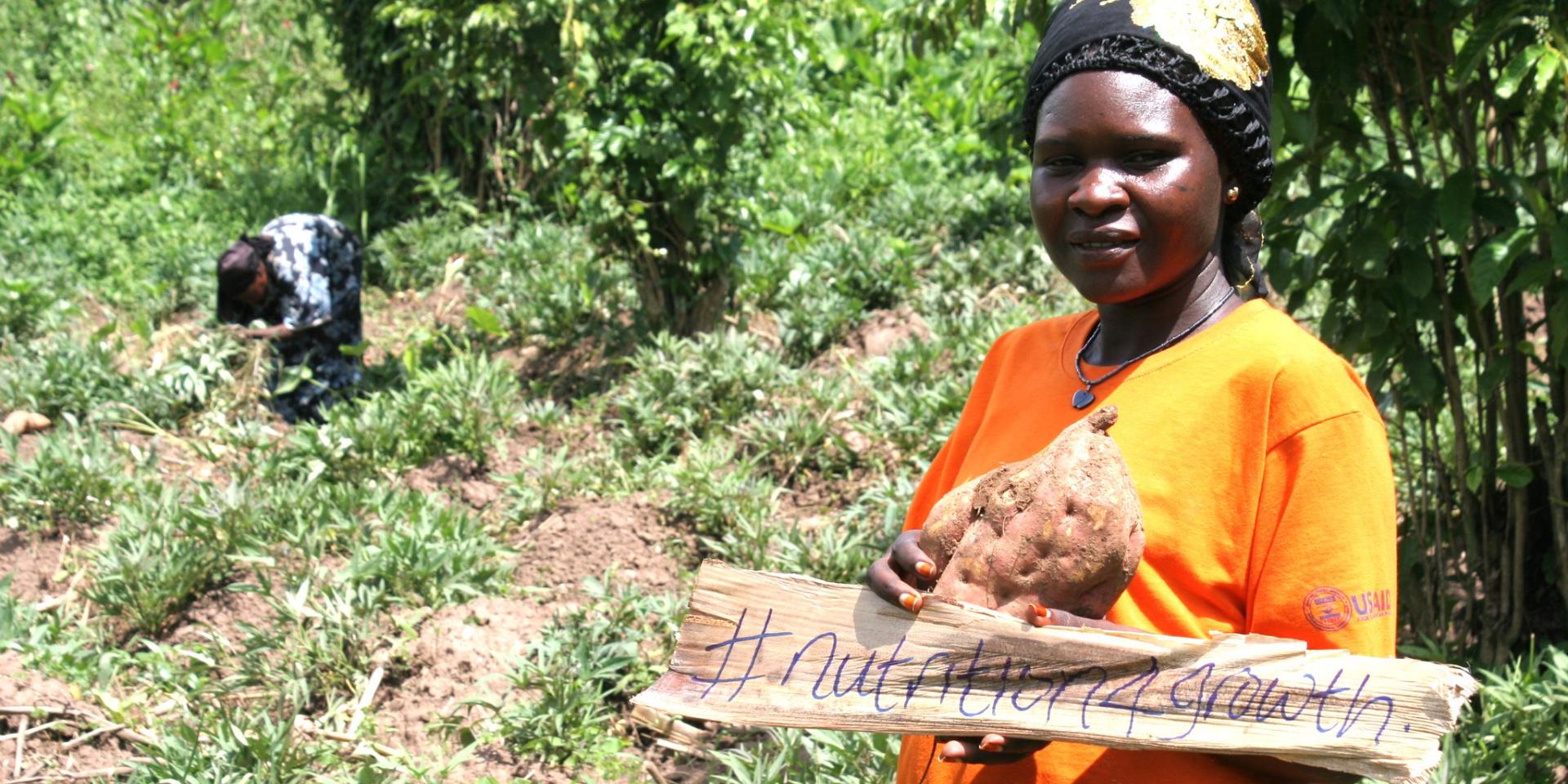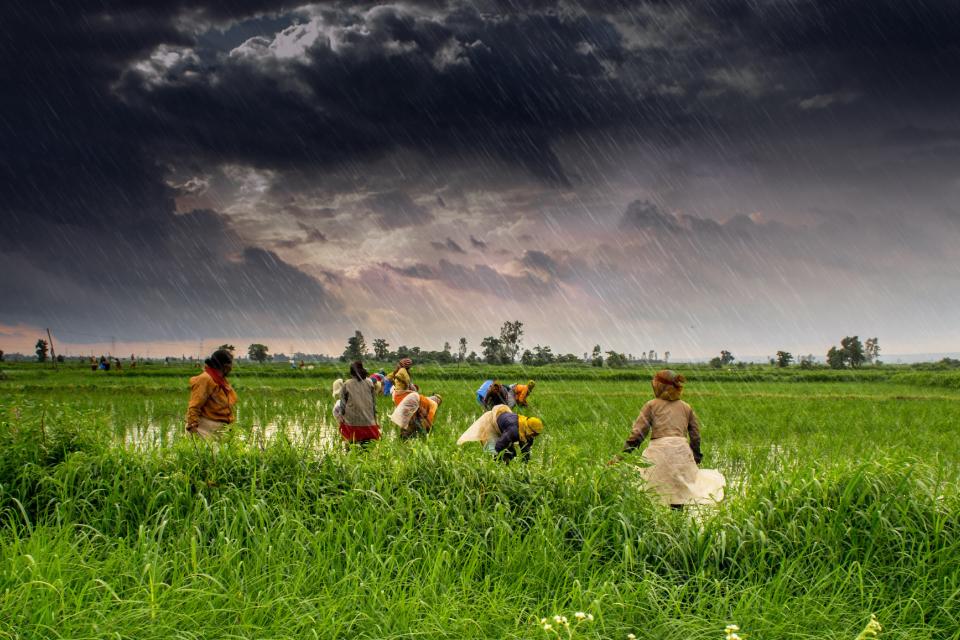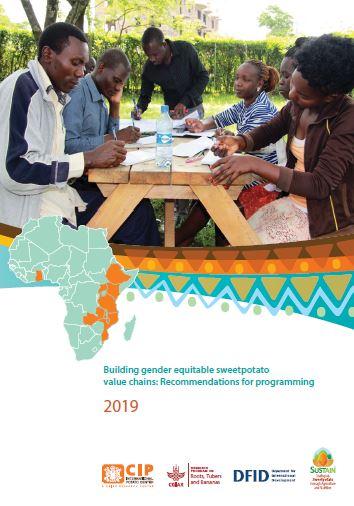Understanding rural women’s situations to generate gender-equitable benefits

Photo Credit: Martin Malungu/HarvestPlus.
Results from a project led by the International Potato Center (CIP) to commercialize sweetpotato in Mozambique highlights why research-for-development agencies need to do their homework before setting out, as achieving goals may be more challenging than it first appears.
Crops are not gender neutral
The inclusion of women in commercial agricultural value chains as a pathway to economic growth and empowerment is not new. Yet despite a growing body of research in different contexts and with different crops, there is still much to learn about whether, how, and under what conditions it delivers on its promise. The recently published paper Commercialization of the Sweetpotato Value Chain: Impacts on Women Producers in Mozambique seeks to fill some of those knowledge gaps.
In Mozambique, as in many other low- to middle-income countries, crop production is rarely gender-neutral. Men produce cash crops like wheat and cassava on better land and with access to better equipment and resources than women, for example, irrigation, quality seed varieties, finance, and training. Women, whose first responsibility is usually to cultivate crops for household consumption rather than markets, select accordingly Many have planted orange-fleshed sweet potato (OFSP) which is an excellent source of vitamin A and is increasingly used as a substitute for half the flour in bread. Yet efforts to commercialize the crop after the introduction of pro-vitamin-A varieties have brought mixed results for women producers, as lead author Sarah Mayanja explains.


